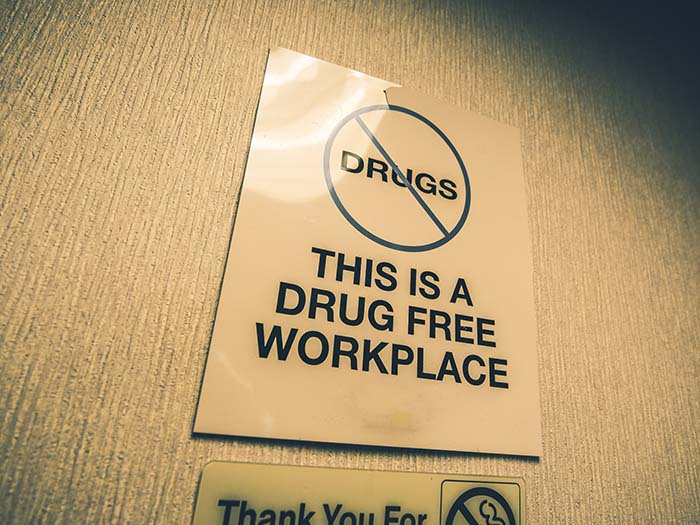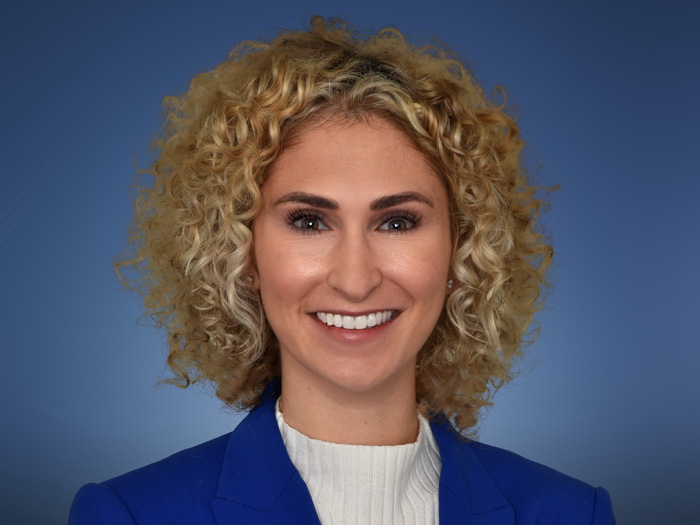It’s All About the Team. How Vermont’s Captive Insurance Examiners Enable Alternate Risk Transfer

There may be no clearer indication of how well-kept the secret of captive insurance opportunities is than the case of Peter Wernhoff.
He grew up in Vermont and attended the University of Vermont, but it wasn’t until he entered the working world, girded with an accounting degree, that he found out about captives. Now, in his job examining captives within the Vermont Department of Financial Regulation, he pinches himself at his good fortune.
Wernhoff enjoys the mental stimulation of conversing with business leaders from all over the economic spectrum, to parse their risk management acumen. But he also benefits from collaborating with the risk management and insurance professionals who ply their trade in Vermont’s captive industry.
“What’s really nice about working for the department is we have such great service providers in Vermont between auditors, actuaries, legal counsel, investment advisors and management companies,” Wernhoff said. “We’re able to leverage all the work that they do.”
As a trained accountant, of course, Wernhoff wants to make sure all the numbers add up. But it’s the sense of confidence he has in his fellow captives professionals that frees him up to zero in on exactly how well a captive is being run in sometimes less tangible, but equally vital, terms.
“We do care about the balance at the end of the day but being able to rely on everything that [his fellow regulatory professionals] do within the industry, we get to focus on the more relevant matters, whether it’s the underwriting strategy, claims handling philosophy, corporate governance, looking at meeting minutes, what’s being discussed, where’s the oversight,” he said.
“And besides just looking at the dollar amount, I really enjoy getting to dive in on all those other aspects.”
As a newer captive examiner, Wernhoff now finds himself playing a key role, along with his colleagues, on a regulatory team that is not only committed to holding captive owners accountable but is also open-minded when it comes to finding risk management solutions.
Three Focus Areas
Jonathan Spencer, one of Wernhoff’s more veteran captive examination colleagues, draws on decades of experience within the department when describing the role of the captive examiner. In essence, it’s acting as a backstop, to make sure that the credentials and financial information a captive or risk retention group management team presented when seeking licensing remain valid and sound going forward.
Spencer said he and his fellow examiners are looking at three key areas when working to determine how well a captive or risk retention group (RRG) is being run.
One is financial reporting, the second is overall governance, and the third is general compliance with the state’s laws and regulations.
In keeping with Vermont’s hands-on approach to regulation, Spencer, an assistant chief examiner within the department, said the process has become more bespoke over time.
“The examination process has evolved over the years to be a little more targeted to the individual company rather than just a blanket exam program,” he said.
By statute, captives and RRGs in Vermont need to be examined every five years. The goal for the exam teams is to complete the exams within 180 days between the start of the exam and issuance of a final report.
Like Wernhoff, Spencer said his job is made more straightforward and his conclusions more airtight due to the rigor with which captive license applications are vetted in the department’s front office.
Following up on the approval scrutiny of say, Dave Provost, deputy commissioner, captive insurance with the State of Vermont, or Sandy Bigglestone, director of captive insurance, gives Spencer that much more confidence that the captive will be a good fit with the State of Vermont.
“The philosophy is the department really wants to vet these candidates before they come in the door,” Spencer said.
That means not only doing the work to determine the would-be captive’s financial viability, but also gaining a clear understanding of the parent company’s prospects.
Although the majority of captives and RRGs are well-run, Spencer said there are some markers that indicate when a captive is encountering issues.
One is adverse loss development: A determination that the captive sponsor and manager have underestimated the losses that the captive was expected to cover. A second red flag is when the captive examiner gets the impression, through reviewing meeting minutes or in direct interviews, that the managers of the captive aren’t conducting proper oversight.
Lifelong Learning
The task of an examiner is a sober one, but the profession, as it is for many of us in insurance, is an opportunity for lifelong learning.
“I constantly hear from coworkers and other individuals that they learn something new every day,” Wernhoff said. “I’m working toward the ACI designation right now—Associate in Captive Insurance—and even my instructors say things like, ‘Oh, I learned something new today.’ They say that every day.
“I think in this industry, and in my short career, because you’re exposed to different captive formations and structures and different industries, you just have to be open-minded and have a little bit of humility,” Wernhoff said.
Like so many, Spencer stumbled into the world of insurance and specifically, captive insurance. And like Wernhoff said, that journey is enriched by the opportunity to talk to so many business leaders, from sectors as diverse as agriculture, health care, higher education, manufacturing and dozens of others.
“I never imagined I would have a career in insurance, but it’s challenging and rewarding work,” Spencer said. “The segment of captive insurance touches such a broad area of topics. There is something new to learn every day as the industry continues to evolve.”
Sometimes it helps to go beyond the necessary formality of the front office to get a feel for the true heartbeat of an organization. In this case, a chat with members of the department’s examination team reveals the warmth and optimism that pervades the group.
Not only has the Vermont Department of Financial Regulations’ approach to licensing and examining captives evolved over the years, Spencer said, but so has the work culture within the department.
“It’s the positive attitude of so many people in the organization, everybody seems to be working towards the same goal,” Spencer said. “We collaborate really well. I think we’re getting better at collaborating with the front office, exchanging information between what we’re finding on the exams and making sure it gets back to them.”
Wernhoff can’t believe that so few people, even in the state of Vermont, know just what kind of opportunity a career in captives is. “This idea that, ‘oh, you can’t find a job here, you’ve got to go to the big city,’ doesn’t make sense to me. I’ve done it.” &










